The Unsolved Murder of Adam Walsh - 37
Part 5: The Company You Keep. Episode 37: The plane crash in the dusk into the Red and White Mountain
Link to Episode 36: Somehow, the Shroud of Turin gets dragged into the Adam Walsh case
Or start at the series beginning and binge from there: (Link to Episode 1)
Most stories about Adam Walsh don’t have this – as in, none of them, but this one does: a plane crash 2000 miles from Florida, in the snowy Rocky Mountains, in dusk and fog:
On November 18, 1981, three months after Adam disappeared, a 10-year-old twin-engine red and white Mitsubishi MU-2B-35 Marquise eight-seater turbojet flying at 11,000 feet crashed into a mountain near Vail, Colorado, in the increasing darkness amidst snow squalls and heavy cloud cover, while low on fuel, very close to its small airport destination.
A search began the next morning, made harder by an overnight layer of new snow. Another day later, a helicopter pilot from a Denver TV station first sighted the wreckage. He dropped close to the ground so his propeller could dust off some of the snow. He alerted rescue crews. Military helicopters came from nearby Fort Carson, which discovered there were seven dead, no survivors.
The flight had originated from Opa-locka airport in Miami, stopped in Shreveport, La., and all those aboard were from South Florida. Although the FAA later determined the crash was an accident, the plane had been on the DEA’s watch list, including for flights to Colombia, South America.
In the snow within a large radius of the crash site, searchers found at least $10,000 in bundles of cash inside a garment bag, hundreds of syringes, and 30 handguns. No drugs were found, but local authorities admitted they hadn’t looked for any.
Two months later, on January 10, 1982, The Denver Post bannered a story, “Ranch Near Vail Suspected as Mob Drug Hub.” It was reprinted elsewhere:
Allen Rivenbark, of Miami, had bought the ranch in 1978, 3,200 acres 150 miles west of Denver. It opened in the Fifties as a “dude ranch” with mountain cottages, a lodge, fishing, hunting in season, and horseback riding. But a confidential informant told the Colorado Bureau of Investigation that the ranch was also believed to be a drug distribution point for the mountain resort towns of Steamboat Springs, Vail, and Aspen, all nearby. Neighbors had reported drops from airplanes onto the ranch property.
The Post story reported that Rivenbark, who also owned the downed plane and was one of those killed in the crash, had been the target of half a dozen federal and state investigations into drug smuggling, money laundering, tax evasion, and harboring fugitives.
After the crash, apparently it was the widow of one of the pilots who tipped the Fort Lauderdale News and Sun-Sentinel that the plane and Rivenbark were connected to someone significant in the Walsh story: John Monahan, John Walsh’s mentor, longtime close friend, kind of daddy, and at the time working in an office across the hall from where Walsh worked.
Instead of going on the flight, Monahan flew commercial to Denver and let his 20-years-younger fiancée fly with Rivenbark. After he heard about the crash, he drove to the coroner’s office and identified five of the seven bodies. He knew the families, including of the two pilots, and contacted them to send their loved ones’ dental records. One victim he apparently didn’t know was a Japanese karate champion who’d worked as a bodyguard and a bouncer for mob-owned nightclubs in South Florida:
The Herald reporter didn’t pick up on this, but the self-cutting of a portion of a finger is a hallmark of members of the Japanese Yakuza, done for reasons of penance and deference. It virtually labeled Ogawa as a member of an organized crime group.
At the time of the crash Ogawa was a fugitive, charged with kidnapping and sexual battery occurring on March 23, 1981. The Fort Lauderdale News wrote that the victim was a 19-year-old prostitute at an after-hours bar and discotheque in Fort Lauderdale, the Four O’Clock Club, where Ogawa was a bouncer. On the plane, he was traveling under an alias.
The News also reported that the club’s owner, Joey Camperlengo, was an associate of Thomas Farese, the head of drug smuggling operations for the New York Colombo crime family. Rivenbark worked for Farese. In 1980, Camperlengo and 14 others were indicted in New York City, charged with smuggling 23 tons of Colombian marijuana through Rockaway, New York, in 1978. Camperlengo had since disappeared and was presumed dead, last seen in the Colombian port city of Barranquilla, known for smuggling activity.
In 1976, Camperlengo’s club manager, Mickey Rauso, was charged with felony criminal mischief and battery on Fort Lauderdale News photographer Bob East, assigned to shoot pictures outside a Catholic church service before a funeral of another bouncer, who might have qualified for the “toughest men” story had months before it ran he hadn’t been killed. After mass, someone told East to “get the hell out of here,” although other news photographers and reporters were present and they’d all kept their distance.
Rauso and another man later pleaded guilty to destroying the photographer’s camera and equipment.
The funeral was for 6-foot-5, 305 pound James Capotorto, who was then under federal indictment along with Camperlengo and others for importing pot. The Miami Herald reported that the FBI said Capotorto’s ring specialized in kidnapping, extortion, and robbery of drug dealers.
On the night he was killed, Capotorto and two others had gone to a man’s home and demanded $20,000 payment for a cocaine debt, even ordering him to mortgage his house. When Capotorto slugged the man’s wife, knocking out a tooth, the man took out a .38 semi-automatic handgun, one of many guns he’d hidden around his house, and fired 20 times, killing all three intruders.
Capotorto had worked as a bouncer for Camperlengo’s club as far back as 1967. That year, the two were charged with beating a bartender with a tire iron:
Back to Ogawa: a diary written in Japanese was found at the crash site, and the State Department had it translated. Lou Kilzer, a reporter then on The Denver Post, told me he got a copy. In it, Ogawa wrote that he was working for the American Mafia, using the word “Mafia,” and that he thought that his boss, Rivenbark, should die.
Might Ogawa have acted to bring down the plane? He certainly would have been capable of immobilizing the two pilots.
In 1987, Jack Hoffman interviewed Bill Collins, once a close friend of John and Reve Walsh. Among what he told Hoffman was this:
Rivenbark owned the plane. Charlie and Howie Sall were the plane’s co-pilots.
Reporter Jay Grelen, who I’ll introduce in a moment, wrote about when Monahan came to the Colorado morgue:
Monahan’s bodyguard – the gorilla – three months before, had he also been his driver when John Walsh sent him to Vero Beach to try to identify Adam?
Victim Herbert Meier had actually been identified by someone besides Monahan:
The informant, the identifier, Steven Votra – the name jumped off the page when I saw it. Steve was a private investigator in Miami, and my personal friend – not close, but still. During South Florida’s drug years his clients included people in that world, he told me; I didn’t pry, but I assume they paid well. He’d found me after I wrote a book about one of his former clients, Ben Kramer, who eventually pleaded guilty to the murder in Miami of the speedboat builder and champion racer Don Aronow. (Steve’s not in the book.)
Had Steve flown to Denver with Monahan? Was he Monahan’s gorilla? Was Steve, like Monahan, supposed to be on the downed plane?
I hadn’t talked to Steve in years, and in 2024, because I couldn’t find his phone number, I searched for him online and saw that he’d died just months before. For waiting too long to reach him, I was kicking myself.
Rats.
We’d had lunch together a number of years before, but I couldn’t remember if I’d asked him anything. But in one of the consecutive spiral notebooks I used for all my interviews in the story, I found my notes of it, written down just afterwards.
They were dated May 2014; in the margin they read “off record.” While he was alive I would not (and did not) share this, but with his death my agreement with him expired. Another consideration is that everyone he spoke about here is also dead.
Next on Adam Walsh: America’s Missing Child:
Episode 38: Had my friend been John Monahan’s gorilla?


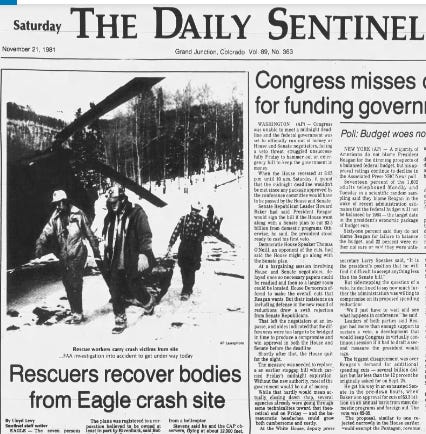
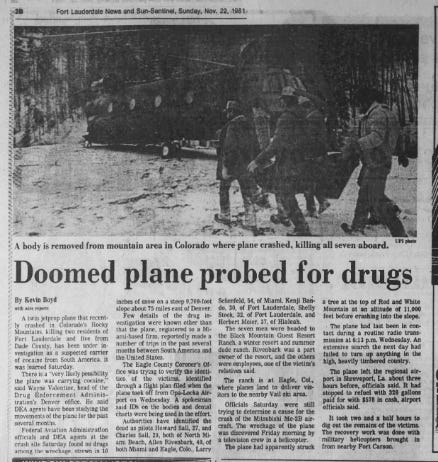
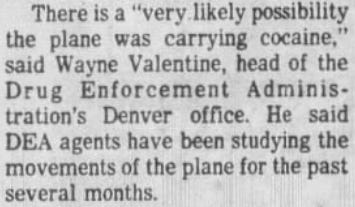
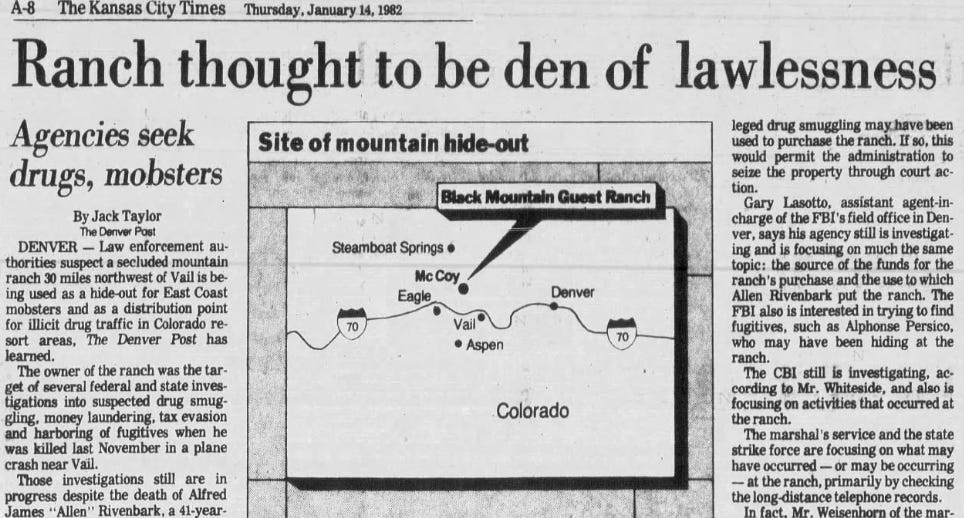
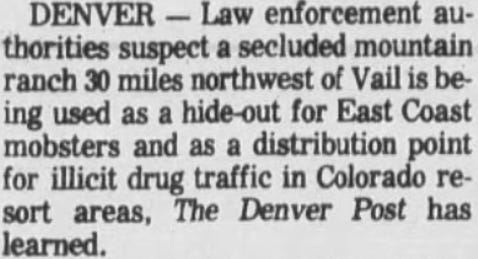
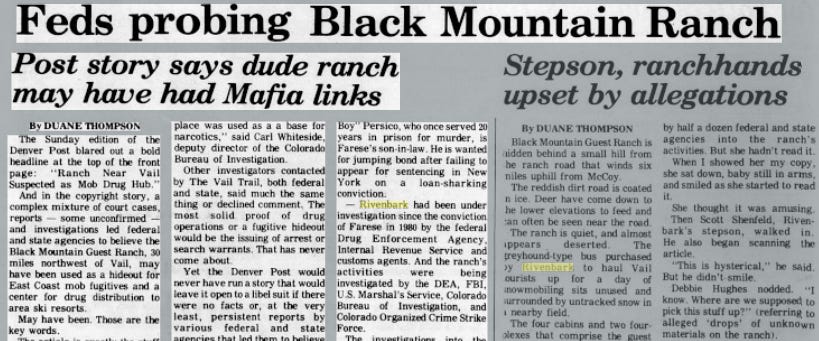
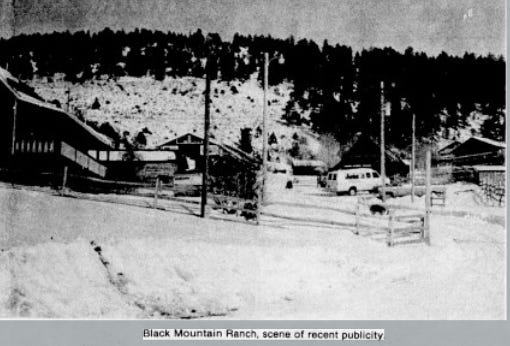
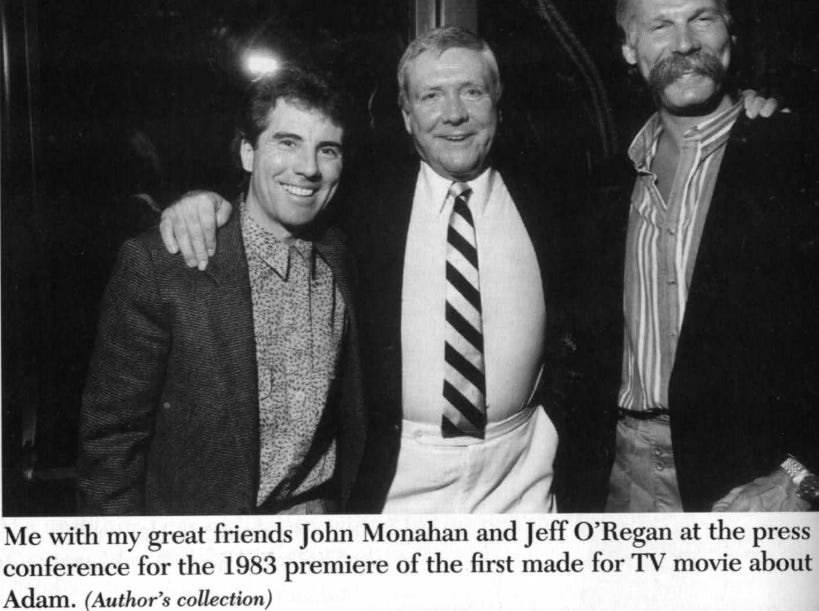
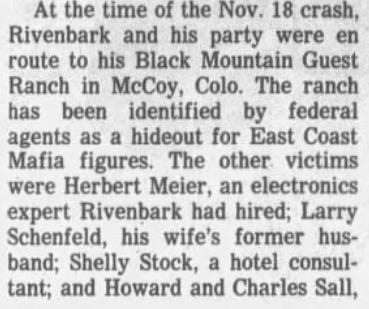
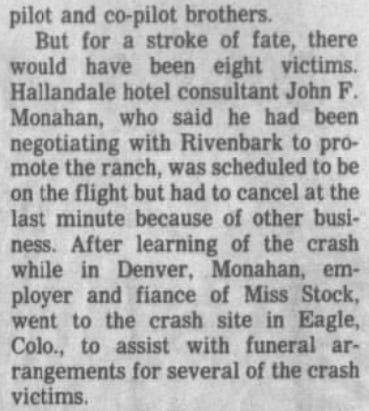

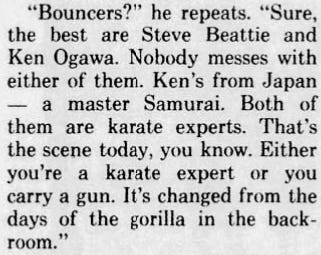
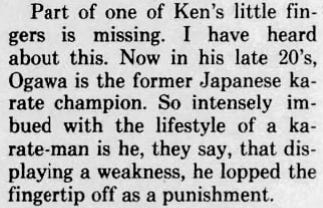

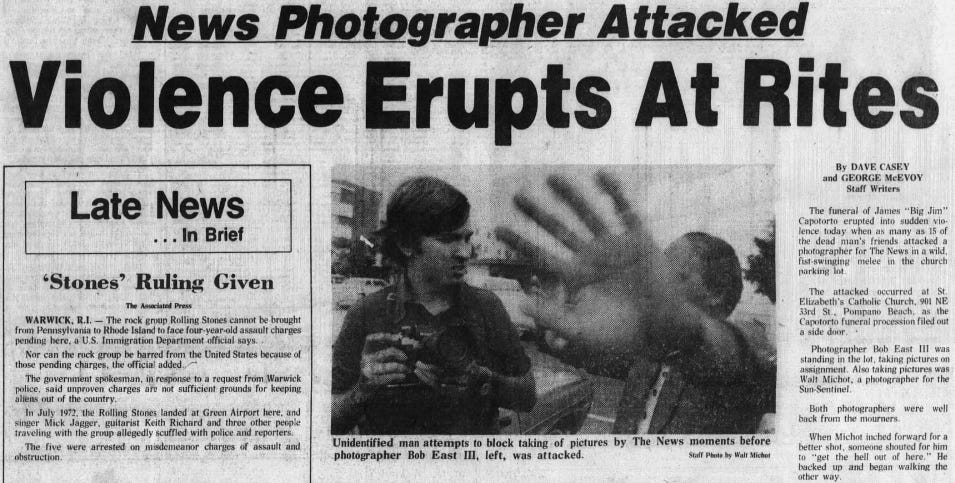
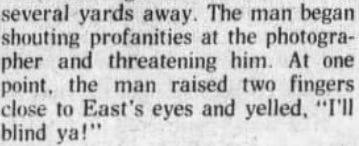
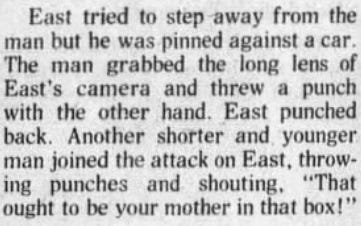
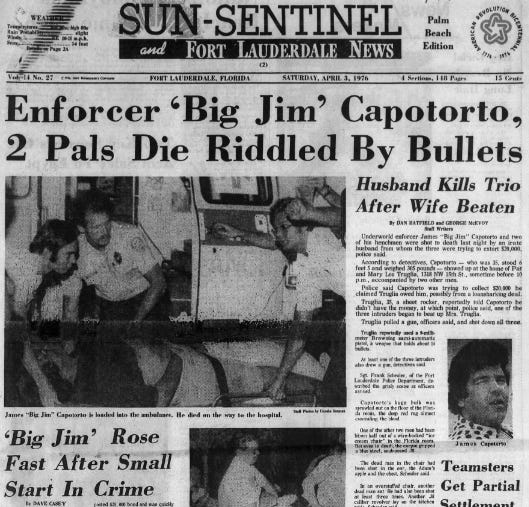
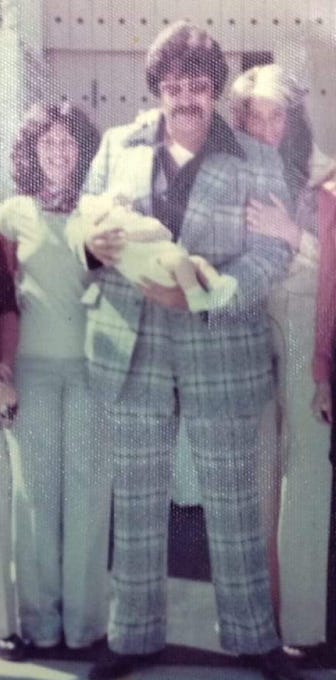
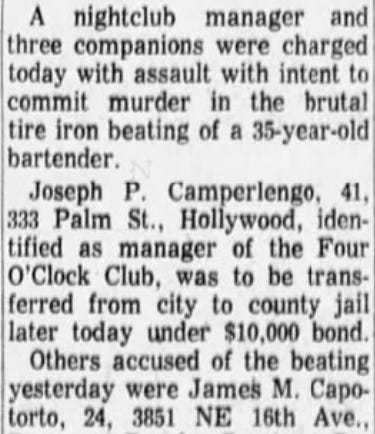

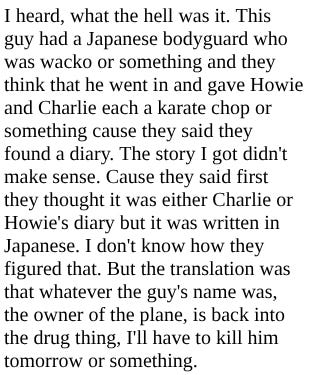
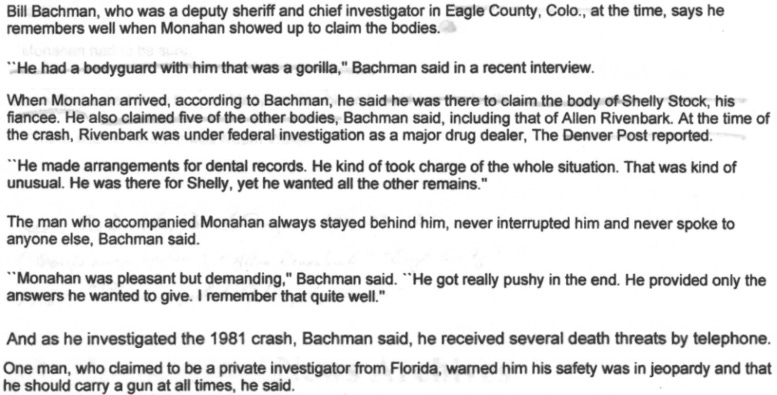
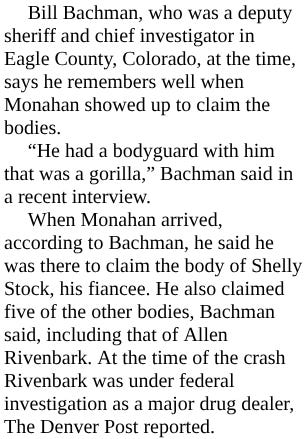
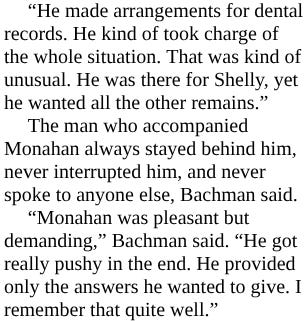
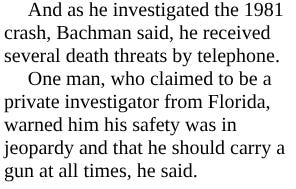


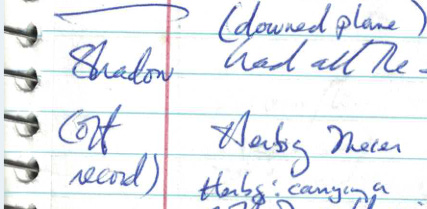
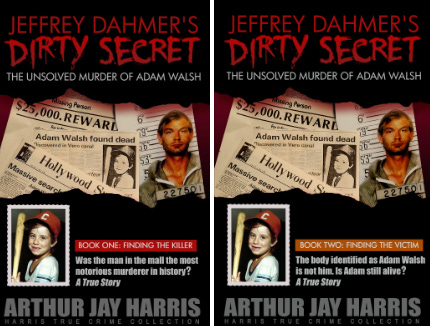
Interesting connections! It's a small world. Three degrees of separation.